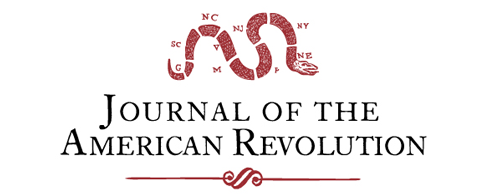William Howe: Taking the Slow Boat to Philadelphia
Wars are seldom won or lost due to a single event. Rather, the ultimate result is often preceded by a series of (sometimes) lesser connecting events. Pennsylvania loyalist Joseph Galloway criticized Sir William Howe and Lord Richard Howe for many of their military strategies in a blizzard of pamphlets written between 1780 and 1782. In […]
